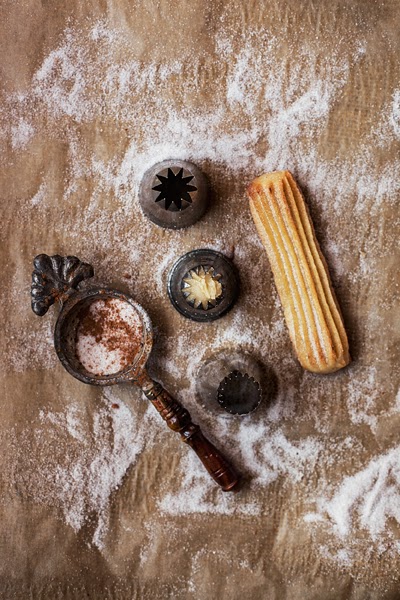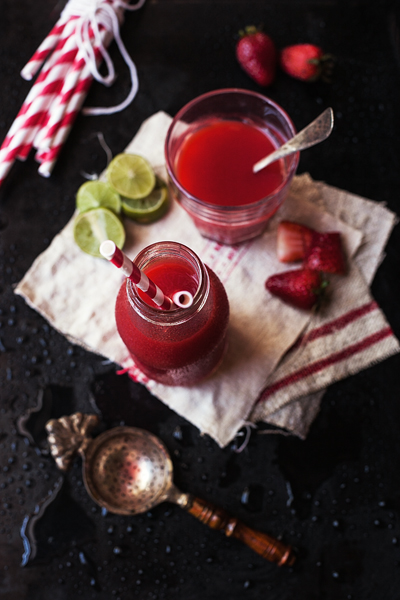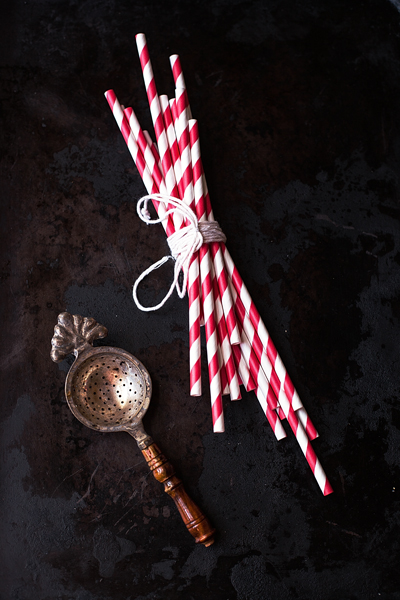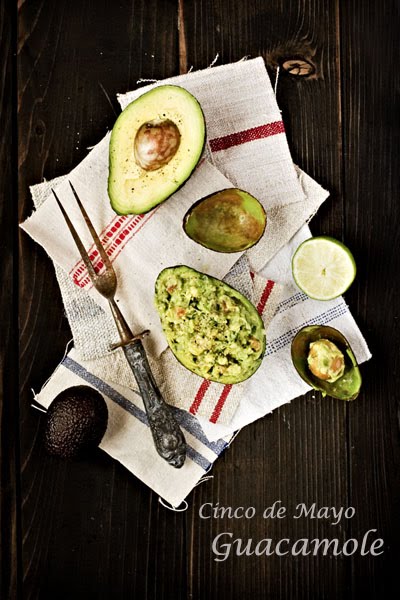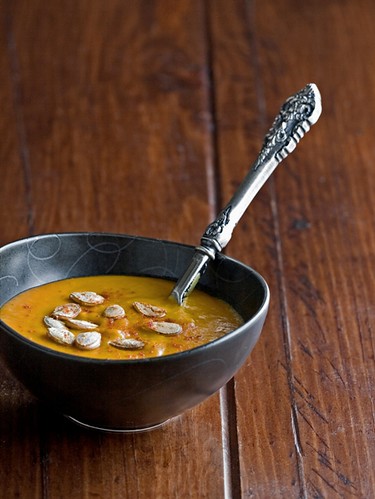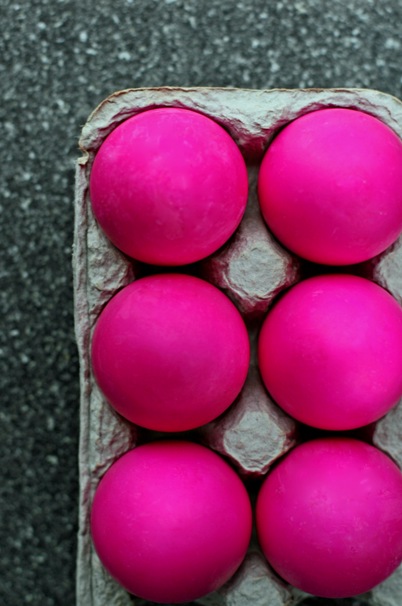
l'America era un angolo, l'America era un'ombra, nebbia sottile,
l'America era un'ernia, un gioco di quei tanti che fa la vita...
America was a corner, America was a shadow, a fine mist,
America was a hernia, a game of the many that life plays...
~ Francesco Guccini, Amerigo
He was selling churros with cinnamon from a cart on 16th Str., behind the stairs at the exit of the subway; his name was Francisco but for his friends and in the neighborhood and he was only and ever Pancho. He was as old as Jesus, black hair over the shoulders and hands stained with sugar and fatigue. He spoke slowly in a language foreign to him, masking his stubborn and unyielding southern accent against his will. His underground America was that street corner, a t-shirt Yes We Can, and a dream never faded.
He was a sinner, an innocent outlaw with his breath always on the alert: his mistake without fault was to be born beyond, in a country with no moon, torn apart by knives, white powder and misery.
He had arrived at night, clinging to the dark wind of a train still in the running. They say he had a girl, too young to still remember him, too beautiful to stop loving her. He had left behind his heart in love, closed his eyes to the sadness and left for his quest.
He ended up in the city that bore his name, greeting and hope for a better future, witness and accomplice of a present without glory. 12 hours a day, 300 churros at sunset and one Sunday for beer and freedom every month.
TWO FOR $ 1.
TWO FOR $ 1.
A hand-written sign was selling his sweetness for him, filled with memories and the warm scent of melancholy. A handshake, a smile, a buenos dias: two churros to the gluttons for a dollar of his youth.
He was always there, Pancho, smiling and generous in front of us who asked no questions. He was always there, safe and cozy, with his eyes fixed on the future.
Until one morning when we couldn't find him anymore: they say they were stationed, an unhappy call, the forced supervision of a mockery of fate.
Everybody liked him, them also, Francisco Pancho Juarez, Francisco Pancho fabricante de churros.

for approx. 15 pieces
flour 140 gr
sugar 50 gr
butter 100 gr
salt 1 pinch
water 200 gr
egg 1
vanilla extract 1/2 teaspoon
sugar and cinnamon to finish as needed
sugar 50 gr
butter 100 gr
salt 1 pinch
water 200 gr
egg 1
vanilla extract 1/2 teaspoon
sugar and cinnamon to finish as needed

Put the dough into a pastry bag with a star tip, form several strips about 3-4" long and place them on a baking sheet lined with parchment paper; bake at 350 for about 30 minutes until churros are golden.
Roll them still hot in sugar mixed with cinnamon.
Churros, traditional Mexican sweets, should be fried in hot oil; this is my so-called light version.
Light but not vegan, for the first sin of the year.
